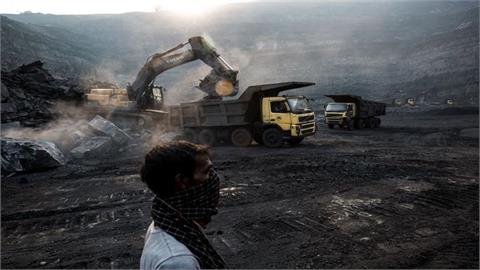Around 900,000 jobs in offshore wind sector could be created over the next five years if nearly 51 gigawatts (GW) of new offshore wind capacity were installed worldwide by 2024, the Global Wind Energy Council (GWEC) said in recent report.
With an average annual growth rate of 18.6 percent until 2024 and 8.2 per cent up to the end of the decade, new annual installations are expected to sail past the milestones of 20 GW in 2025 and 30 GW in 2030.
Offshore wind offers a range of job opportunities across the value chain – from project planning and financing to manufacturing and transport to construction and operations and maintenance (O&M).
"A 2020 study by the American Wind Energy Association found that the sector offers "good, well-paying jobs requiring a diverse technical workforce spanning an estimated 74 occupations... including electricians, welders, turbine technicians, longshoremen, truck drivers, crane operators, ironworkers, pipe-fitters, pile drivers, engineers, mechanics, scientists, and offshore equipment and vessel operators." the wind energy body said.
Meanwhile, a total of 1 GW of offshore wind power avoids more than 3.5 million tonnes CO2 – giving it more potential for carbon avoidance as a technology to displace fossil fuels than even onshore wind, solar, hydro or efficient gas power.
"Keeping global warming within 1.5-2 degrees of pre-industrial levels will require at least 100 GW of new onshore and offshore wind capacity to be installed on an annual basis through 2030," the report said.
In addition to offshore wind installation, the report also stated that as of the end of 2019, a total of 66 MW of floating wind capacity has been installed worldwide. GWEC Market Intelligence predicts 6.2 GW of floating wind is likely to be built in the next 10 years.
(Anadolu Agency, August 16, 2020)



